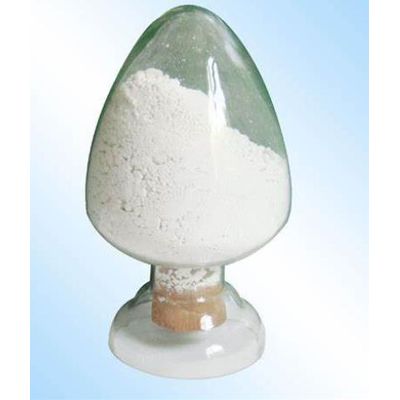

GS International Trade Co.,Ltd

GS-International - Model CAS-137-58-6 - Lidocaine
Chloroacetyl chloride method 2,6-dimethylaniline is chloroacetylated with chloroacetyl chloride, then condensed with diethylamine, and then acidified to obtain lidocaine.2. Diethylaminoacetic acid methyl ester method In the presence of sodium methoxide, 2,6-dimethylaniline is condensed with N,N-diethylacetic acid methyl ester, and then acidified to obtain the product.Uses: This product is an amide local anesthetic. It is widely used in surface anesthesia, infiltration anesthesia, conduction anesthesia and epidural anesthesia.
Most popular related searches
intravenous use
nerve block
pain management
local anesthetic
epidural
spinal anesthesia
spinal
skin treatment
spinal nerve
- Molecular Formula: C14H22N2O
- Molecular Weight: 234.34 g/mol
- Appearance: White or off-white crystalline powder (HCl form); odorless with a bitter taste
- Melting Point: 66–69°C (base); 75–79°C (HCl)
- Boiling Point: 350.8°C (at 760 mmHg, base)
- Density: ~1.0 g/cm³ (predicted)
- Refractive Index: 1.520–1.525
Primary Medical Uses:
- Local Anesthesia: Infiltration, nerve block, spinal, and topical anesthesia (e.g., skin, mucous membranes)
- Antiarrhythmic: Treatment of ventricular arrhythmias
- Analgesia: Intravenous use for perioperative pain management
Industrial Applications:
- Research Reagent: Used in molecular biology and pharmacology studies
- Chemical Synthesis: Precursor for metal complexes (e.g., iron, zinc) and deep eutectic solvents (DES)
Biochemical Activity:
- Substrate for CYP3A4 metabolism (produces monoethylglycinexylidide, MEGX)
- Inhibits histamine H1 receptors (reverse agonism)
